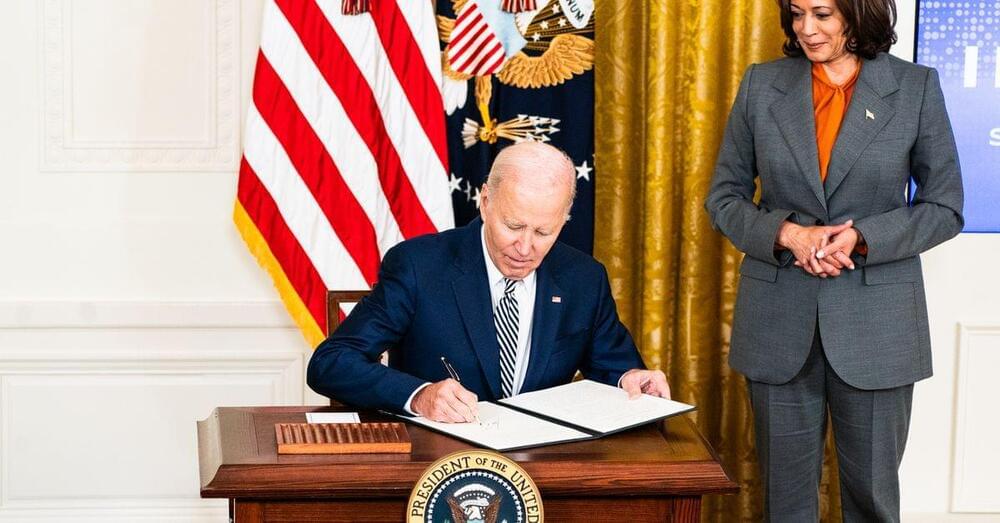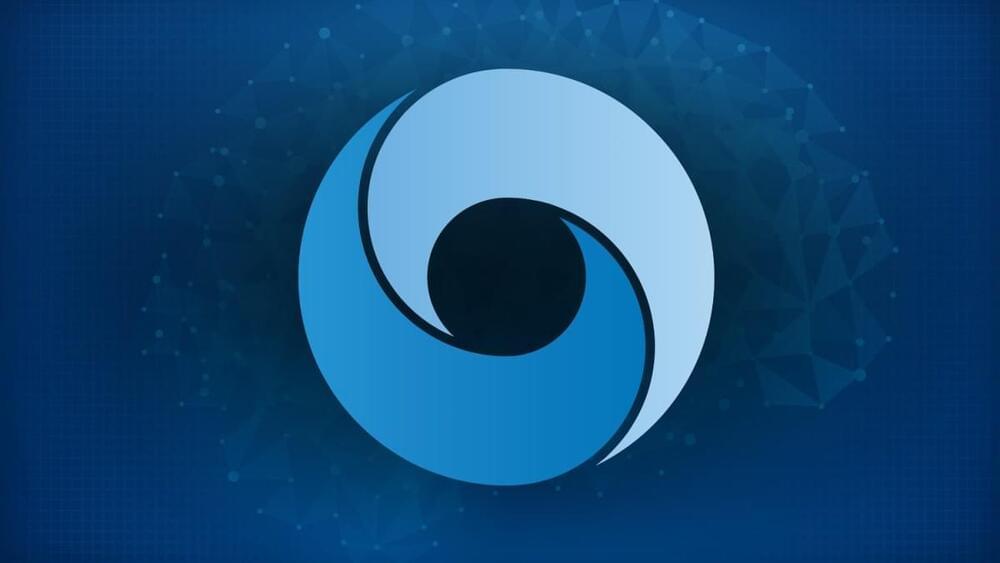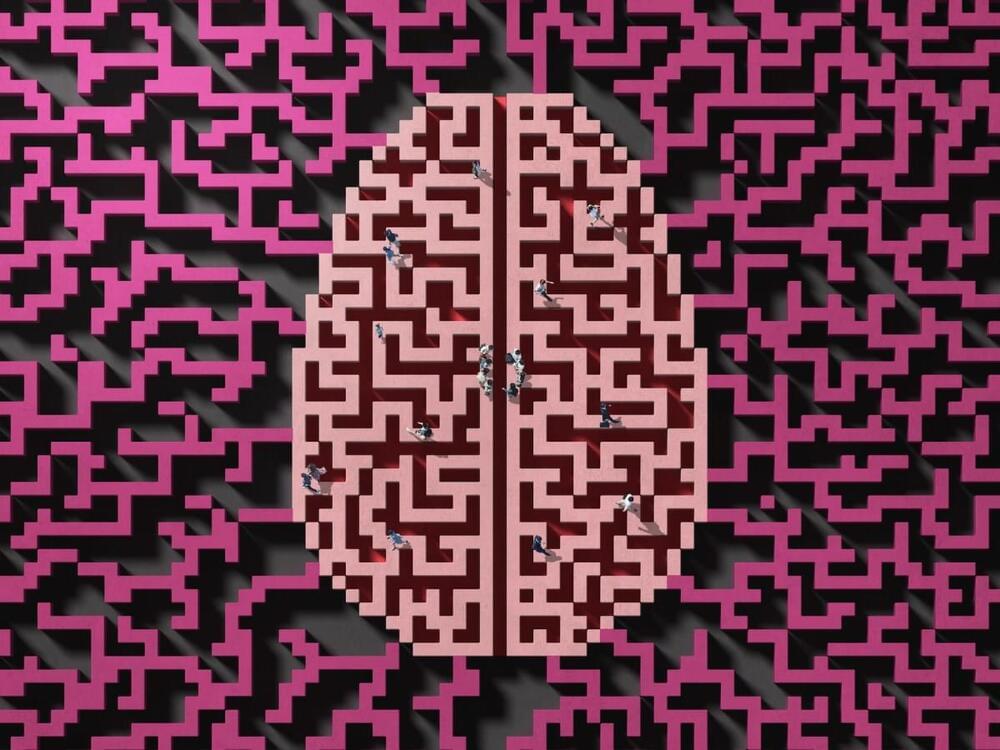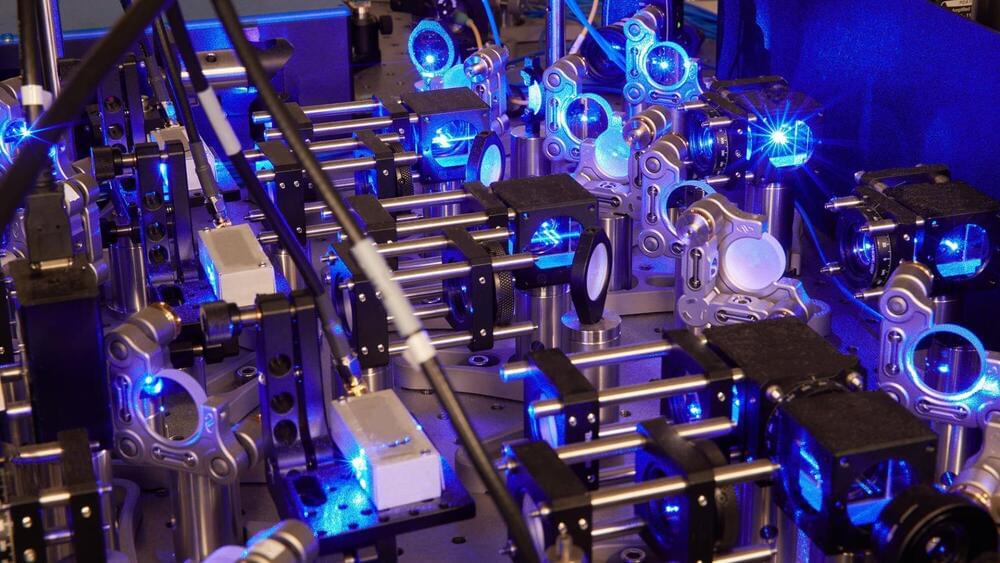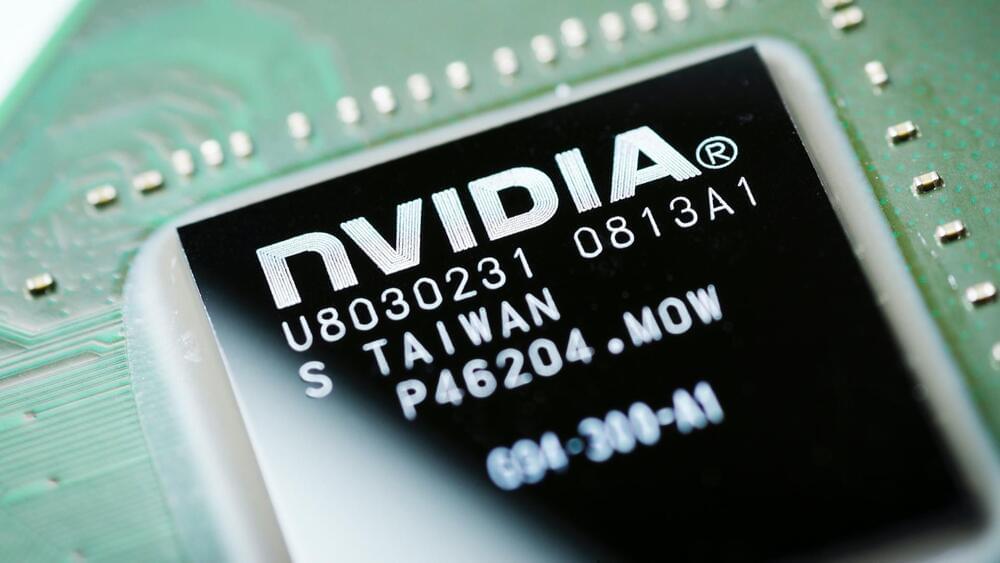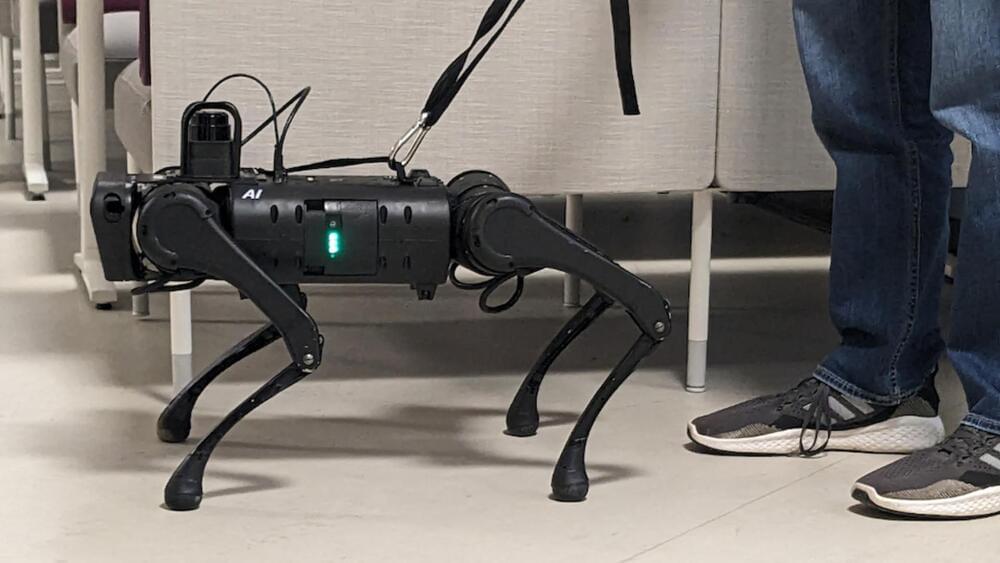President Joe Biden’s executive order plans for standardized digital watermarking rules.
President Joe Biden’s executive order on artificial intelligence is a first-of-its-kind action from the government to tackle some of the technology’s greatest challenges — like how to identify if an image is real or fake.
Among a myriad of other demands, the order, signed Monday, calls for a new set of government-led standards on watermarking AI-generated content. Like watermarks on photographs or paper money, digital watermarks help users distinguish between a real object and a fake one and determine who owns it.
Digital watermarks are easily broken and abused.
